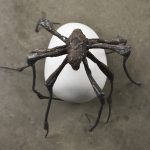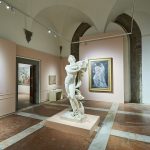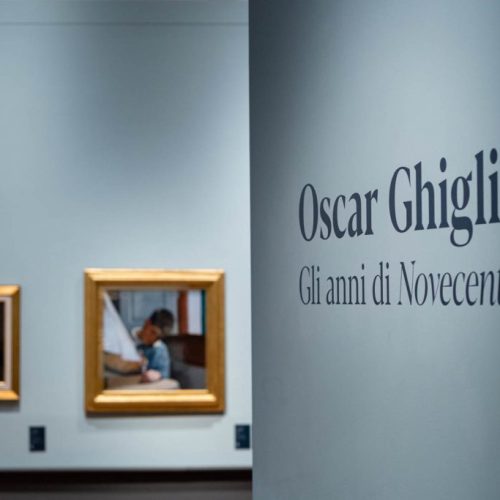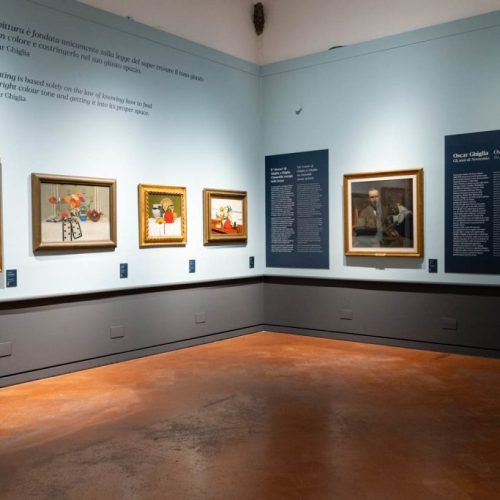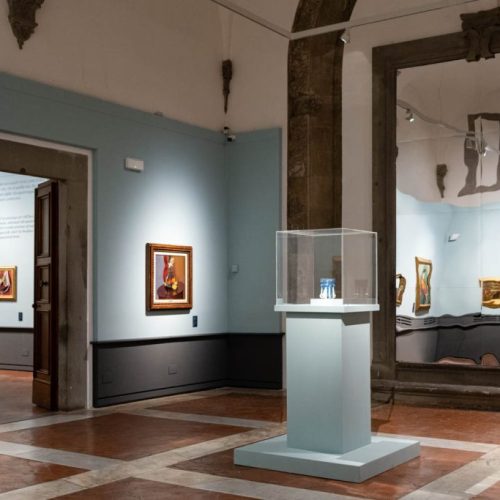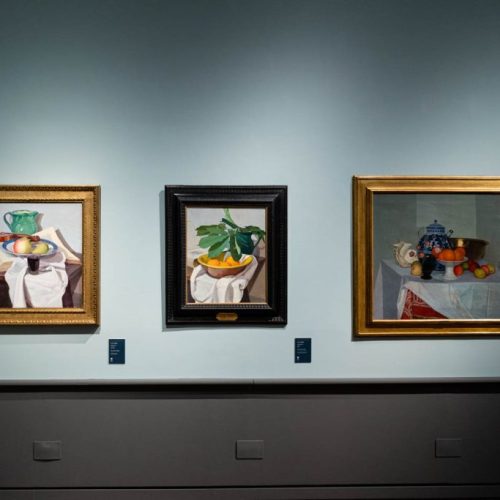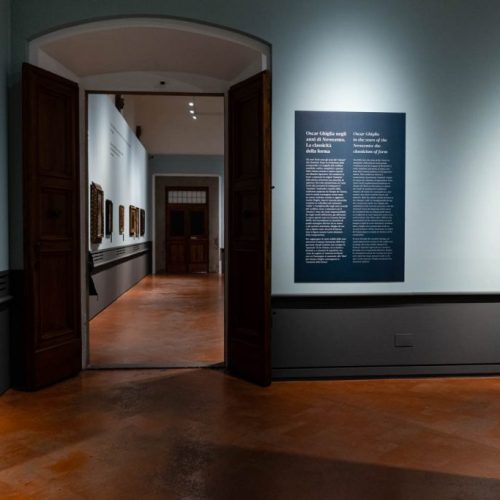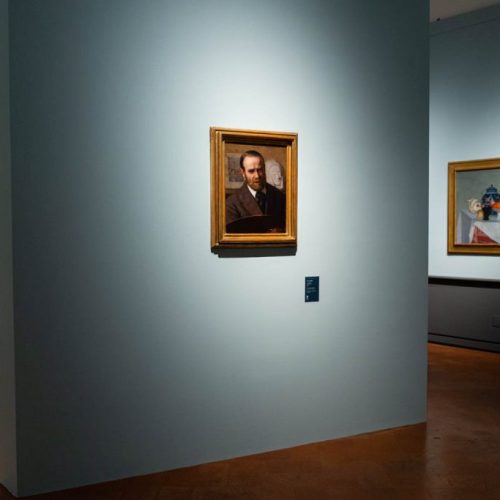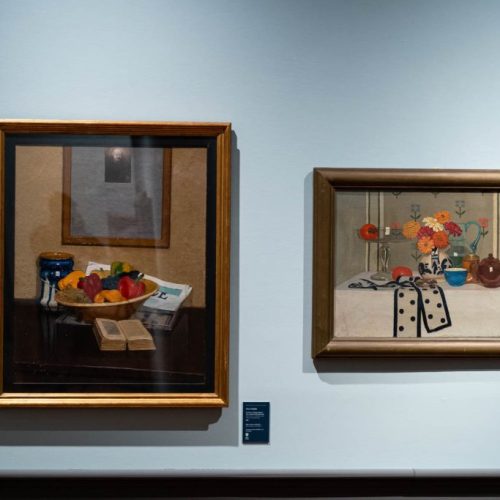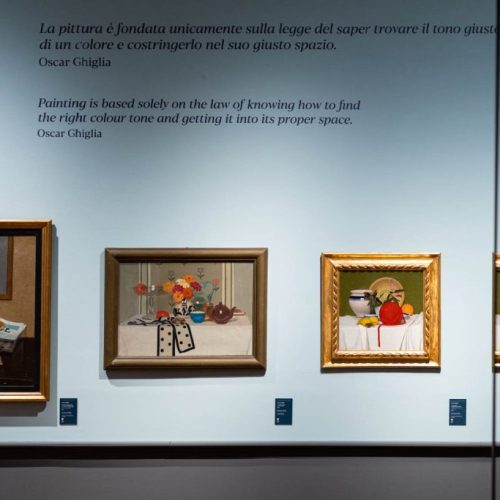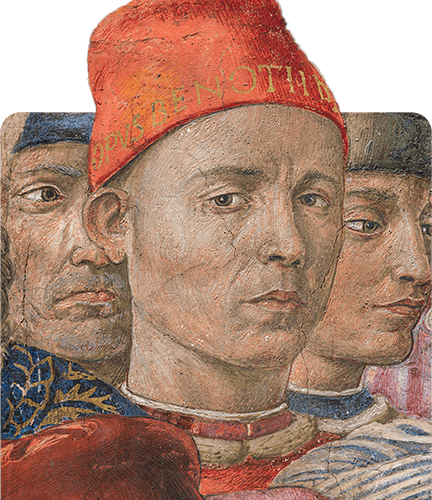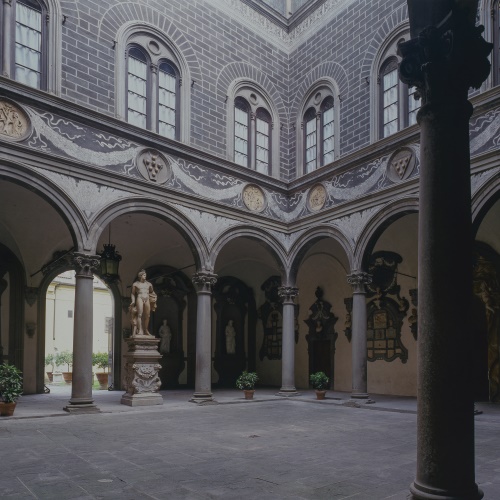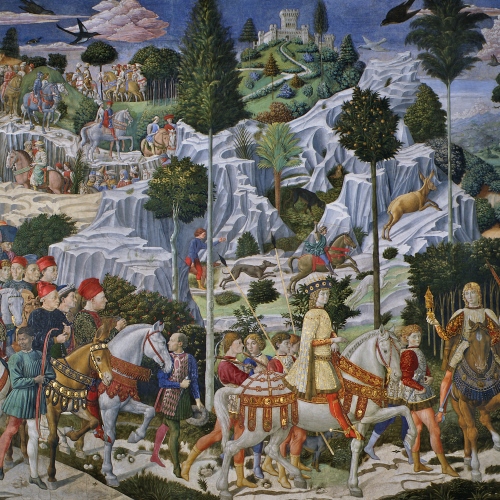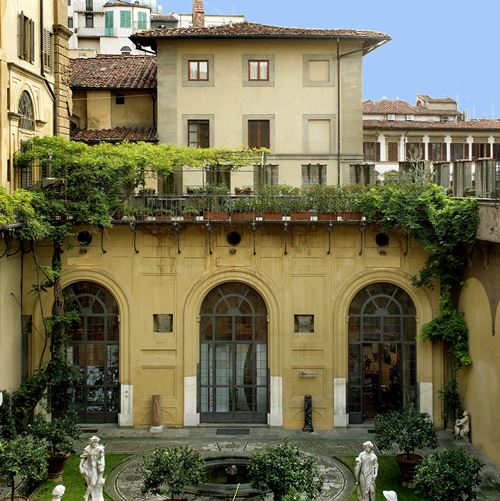Oscar Ghiglia
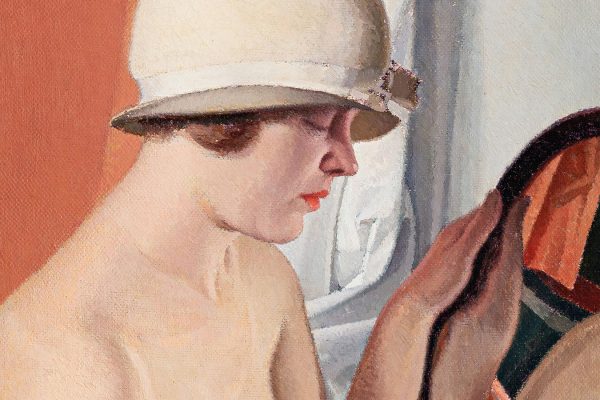
to 13 September 22
From 7 April to 13 September 2022, Palazzo Medici Riccardi will host the exhibition Oscar Ghiglia: The Years of the Novecento Italiano, curated by Leonardo Ghiglia, Lucia Mannini and Stefano Zampieri.
Sponsored by the Metropolitan City of Florence and organised by MUS.E in collaboration with the Istituto Matteucci of Viareggio, the exhibition presents visitors with the opportunity of getting to know and appreciating the works of a great Italian twentieth-century artist. While his roots were eminently Tuscan, Ghiglia was closely connected to European artistic developments of his time.
Born and raised in Livorno, Oscar Ghiglia (1876-1945) chose Florence to pursue his artistic development. He was particularly influenced by the teachings of Giovanni Fattori while also open to innovations from across the Alps, in particular to the oeuvre of Cézanne. As a mature artist, Ghiglia produced paintings characterised by a high – even superb – quality, which in this exhibition is revealed through works from the years of the Novecento Italiano. This was the artistic movement that evolved around the figure of Margherita Sarfatti in the name of a ‘return to order’, which Ghiglia interpreted in an absolutely personal manner. Keeping his distance from market trends and the great national and international exhibitions, Ghiglia was rediscovered in the 1960s and 70s. Interest in his work continued in the succeeding decades, culminating in two exhibitions held in Livorno and Prato in 1996. More recently, his paintings were displayed in Viareggio in 2018.
Oscar Ghiglia: The Years of the Novecento Italiano thus forms part of this fascinating rediscovery of this artist. In this case, the focus is on the years of the Novecento Italiano movement, during which the painter achieved results of exceptional quality. We need only recall The Model (1928-29), adopted by this exhibition as its emblem, as well as his still lifes and portraits –marvellous compositional, chromatic and poetic syntheses.
As if by magic, the exhibition takes us into the past, specifically to the first decades of the 20th century. It displays over 50 works by Oscar Ghiglia from prestigious private collections, including the Istituto Matteucci, as well as from leading public museums, such as the Modern Art Gallery of Palazzo Pitti. The paintings are presented according to a scheme that interweaves themes and chronology: the first room begins with his Self-portrait of 1920 and goes on to narrate the early years of the artist’s mature period: gradually abandoning the experimentation of the previous phase, Ghiglia begins to interpret the hues of a diffused ‘return to order’ in a key that is completely original. This shift leads to the production of splendid still lifes, such as the very modern Fruit Dish with Oranges from 1915-1916 and Irises from 1921. The theme of the second room is the profoundly classical nature of Ghiglia’s oeuvre, translated into a synthetic, luminous idiom which is solid at the same time. The third room focuses on female nudes with works that dialogue with the same subject treated by his friend Amedeo Modigliani. Taking their cue from a particularly suggestive arrangement by Luigi Cupellini, the final two rooms examine the phase of ‘magical realism’: this was a tendency that involved many artists during the 1920s, including Ghiglia, whose works once again present an original interpretation of this motif. His representation of objects and forms is at once limpid and enigmatic, perfect and unresolved; still today these works bewitch and charm us. Ghiglia’s ‘mute poetry’, which is simultaneously completely animated, exerts an intense appeal both on art experts and on the general public. At a distance of a hundred years, we are invited to reflect deeply on the nature and time of our existence.
A number of activities will be offered during the period of the exhibition: special guided tours for young persons and adults (Saturdays and Sundays at 4:30 pm), painting workshops for families (Sundays at 10:00 am), in-depth meetings – both in person and via video conference – on the painter’s life, thought and work. Visits and activities for schools are available by reservation by writing to didattica@musefirenze.it.
Edited by Leonardo Ghiglia, Lucia Mannini and Stefano Zampieri, the exhibition catalogue will be published by Sillabe. It will provide enthusiasts with the opportunity to appreciate the artistic career of Oscar Ghiglia as well as the rich series of works presented at the exhibition.
Information and reservations
Tel. + 39 055 2760552
e-mail: info@palazzomediciriccardi.it
www.palazzomediciriccardi.it
Promoted by
Città Metropolitana Firenze
Organization
MUS.E
Curated by
Leonardo Ghiglia, Lucia Mannini e Stefano Zampieri
in collaboration with
Istituto Matteucci di Viareggio

